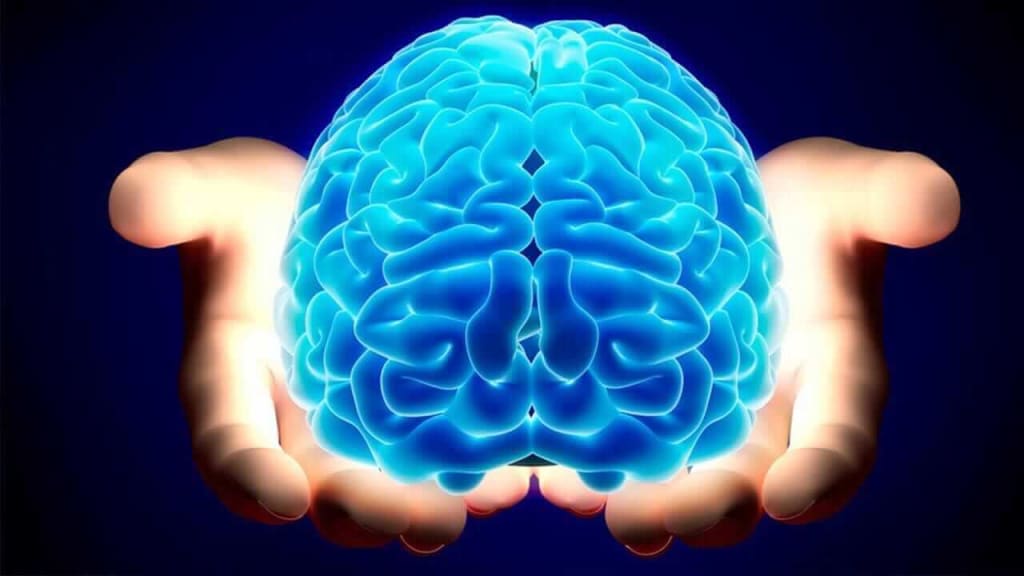Mind Over Matter: Bioprinting Brains, a Dance Between Scientific Brilliance and Ethical Precipice
From neurological breakthroughs to existential quandaries, exploring the frontier of bioprinted minds.

he Printing Mind: Bioprinted Brains, Scientific Research, and the Dance of Social Justice
In the not-too-distant future, laboratories will be buzzing with whispers of innovation. The movements of the robotic arms are like a ballet in the sky, choreographing the dance of microscopic life. Each deposit directly lays the foundation for a revolutionary change: a bioprinted brain. This is not science fiction, but an event at the forefront of bioprinting, where the boundaries of biology and technology are irreversibly altered.
At the heart of this revolution lay the bold aim of oppressing not as tissue or body, but as the body of thought itself. Imagine holding a small, pulsating brain in the palm of your hand; not a static model, but a living echo of the human mind, woven from the brain and the biocompatible Number box. This is not the plot of future thrillers, but the seductive reality that bioprinting promises.
Its application potential is as great as human imagination. Bioprinted brain models could revolutionize our understanding of neurological diseases such as Alzheimer's and Parkinson's, allowing researchers to study the development of these diseases and test new treatments. Trying to personalize medicine to fit the patient's unique neuronal environment could become a reality and lead to the age of true medicine. Perhaps neurology's upcoming holy grail—the restoration of neurological functions—holds hope for people suffering from strokes, spinal cord injuries, and even degenerative diseases.
But, like the potential, there are also ethical questions this study raises. Is it permissible to create an image of consciousness, even if small, outside the body? What are the rights of these bioprinted cells? Are they worthy of the same moral evaluations as their mature counterparts? These are not just opinions, but important questions that require deep reflection by scientists, professionals, and the public.
The challenges remain daunting. The human brain is a complex tissue made up of billions of neurons, glial cells, and blood vessels, brought together in a symphony of electrical impulses and chemical signals. Replicating this dizzying complexity using our current bioprinting technology is like building a church out of toothpicks. But with all the advances in stem cell research and the development of biomaterials and precision bioprints, the gap between imagination and reality is narrowing.
In addition to ethics and influence, social recognition also presents another layer of complexity. The concept of a bioprinted brain evokes a chilling dystopian story, evoking the fear of the designer thinking and playing God. Open and transparent communication with the public, demonstrating potential benefits while acknowledging and resolving issues, will be important in addressing sensitive areas.
However, despite competition, the bioprinting potential of cells has not yet been confirmed. It could usher in a new era in understanding the universe's most complex diseases, cure previously incurable diseases, and possibly even pave the way for advances in artificial intelligence and brain-computer interfaces. The journey ahead will not be without ethical issues, technological problems and social tensions. But if we approach these challenges with wisdom, transparency, and a deep respect for the potential and limitations of this technology, the field of bioprinted brains could be a new dawn in human understanding.
**Deep Dive: A Mosaic of Considerations**
This article is just a start; is an invitation to dive deeply into the fascinating world of bioprinted cells. Here are some things to consider as you continue your search:
* **Beyond the brain:** While the focus is on bioprinting the brain, the technology has great potential to print other organs and tissues. What are the benefits and risks of bioprinting lungs, hearts, and even entire limbs?
* ** Moral Compass:** Navigating the moral minefield of bioprinted cells requires a strong foundation. What principles should be followed in the development and use of these tools? How can we access this life-changing experience responsibly and ethically?
* ** Public participation:** Public participation is essential for transparency and trust in the development of bioprinting technology. How can we create an open and informed discussion about the benefits and risks of bioprinted cells?
* ** Philosophical Landscape:** The existence of bioprinted brains raises profound questions about the meaning of consciousness, personhood, and life. How should we solve these problems in the context of continuous technological development?
* ** Legal Maze:** As bioprinting technology matures, the legal framework will need to be updated to address issues of ownership, liability and misuse. How will it be ensured that the law keeps pace with the rapid development in this field?
**estry of Hope and Responsibility**
As we explore the limits of bioprinted brains, let's remember that this is a human being, not a scientific enterprise. It is a journey that requires not only intellectual skills, but also honesty, social responsibility and imagination skills.






Comments (1)
Like | Comment | Check it out our other blogs